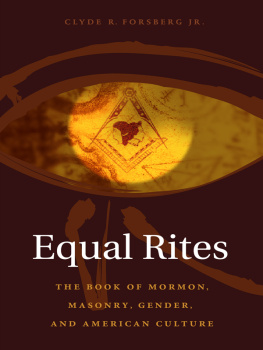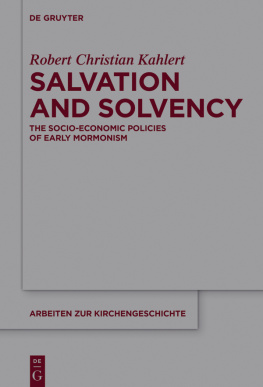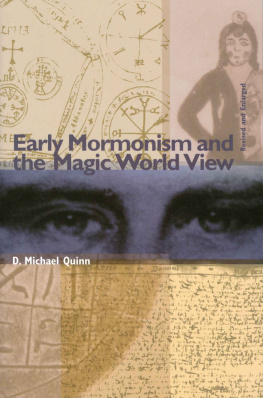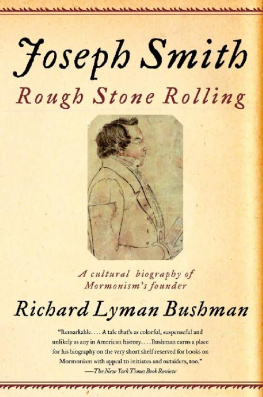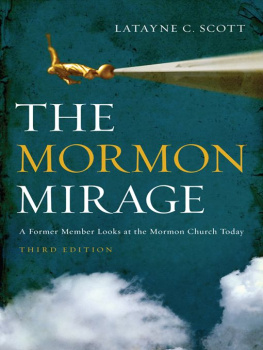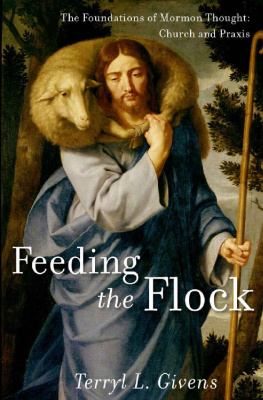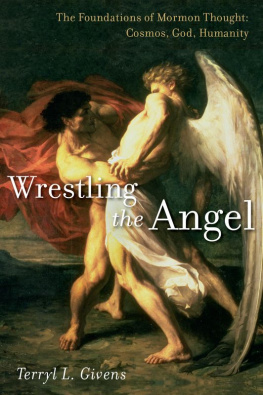EQUAL RITES
RELIGION AND AMERICAN CULTURE

FIGURE 1 An Early American Royal Arch Templar Diploma
Robert I. Clegg, Mackeys Revised Encyclopedia of Freemasonry (Richmond, Va.: Macoy Publishing and Masonic Supply, 1966), 1:286a.
The Religion and American Culture series explores the interaction between religion and culture throughout American history. Titles examine such issues as how religion functions in particular urban contexts, how it interacts with popular culture, its role in social and political conflicts, and its impact on regional identity. Series Editor Randall Balmer is the Ann Whitney Olin Professor of American Religion and former chair of the Department of Religion at Barnard College, Columbia University.
MICHAEL E. STAUB, Torn at the Roots: The Crisis of Jewish Liberalsim in Postwar America
AMY DEROGATIS, Moral Geography: Maps, Missionaries, and the American Frontier
ARLENE M. SNCHEZ WALSH, Latino Pentecostal Identity: Evangelical Faith, Self, and Society
JULIE BYRNE, O God of Players: The Story of the Immaculata Mighty Macs

EQUAL RITES
THE BOOK OF MORMON, MASONRY, GENDER, AND AMERICAN CULTURE
Clyde R. Forsberg, Jr.
COLUMBIA UNIVERSITY PRESS
NEW YORK

Columbia University Press
Publishers Since 1893
New York Chichester, West Sussex
cup.columbia.edu
2004 Columbia University Press
All rights reserved
E-ISBN 978-0-231-50746-2
Library of Congress Cataloging-in-Publication Data Forsberg, Clyde R.
Equal rites : The Book of Mormon, Masonry, gender, and American culture / Clyde R. Forsberg, Jr.
p. cm.(Religion and American culture)
Includes bibliographical references and index.
ISBN 0-231-12640-9 (alk. paper)
1. Mormon ChurchDoctrinesHistory19th century. 2. FreemasonryReligious aspectsMormon ChurchHistory19th century. 3. WomenReligious aspectsMormon ChurchHistory of doctrines19th century. 4. Book of MormonCriticism, interpretation, etc. 5. United StatesChurch history19th century.
I. Title. II. Religion and American culture (New York, N.Y.)
BX8611 .F65 2002
289.3dc21
2002073881
A Columbia University Press E-book.
CUP would be pleased to hear about your reading experience with this e-book at .
For my mother, who loved the mysteries of the Gospel more than life itself
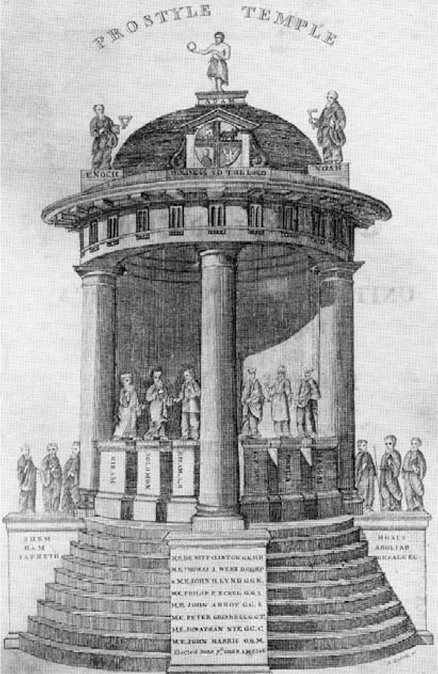
FIGURE 2 Prostyle Temple Memorializing De Witt Clinton
Jeremy Cross, The True Masonic Chart (1819), reproduced in Steven C. Bullock, Revolutionary Brotherhood: Freemasonry and the Transformation of the American Social Order, 17301840 (Chapel Hill: University of North Carolina Press, 1996), p. 144.
Motto of Royal Arch Masonry: Holiness to the Lord
A goal of Freemasonry, as expressed by Widowss Sons Lodge No. 60, Charlottesville, Virginia, for two hundred years:
To make good men, better men
A goal of Mormonism, according to LDS president Brigham Young: It will make a bad man good, and a good man better
Inscription on Mormon Temple in Salt Lake City: Holiness to the Lord
The people will always mock at things easy to be misunderstood; it must needs have impostures. A Spirit that loves wisdom and contemplates the Truth close at hand, is forced to disguise it, to induce the multitudes to accept it. Fictions are necessary to a people, and the Truth becomes deadly to those who are not strong enough to contemplate it in all its brilliance. The truth must be kept secret, and the masses need a teaching proportioned to their imperfect reason.
Synesius, bishop of Ptolemais, cabalist and inspiration to Christian Masons
So Masonry jealously conceals its secrets, and intentionally leads conceited interpreters astray. There is no sight under the sun more pitiful and ludicrous at once, than the spectacle of the Prestons and the Webbs.
Albert Pike, Morals and Dogma of the Ancient and Accepted Scottish Rite of Freemasonry
Brother Brigham, if I were to reveal to this people what the Lord has revealed to me, there is not a man or woman that would stay with me.
Joseph Smith Jr.
What is spoken in a prayer Circle should never be Named out of the Circle not [to] a wife or any body Els [sic]. If there is any thing to be said I will say it. I Could preach all about the Endowments in Public and the world know Nothing about it. I Could preach all about Masonry & None but a mason know any thing about it. And the mane [sic] part of Masonry is to keep a secret. Now Brother L. N. Scovill thinks so much of masonery [sic] that he might Join in with them. G. A. Smith Said He does not wish to mix hair and wool but he would like to Go to England & obtain five Charters for lodges which would give us a grand lodge which would make us independent of all other Grand lodges in the world. This is what Brother Scovill would like to do and this Could be done but I do not think he would be willing to mingle with our Enemies to the injury of this people.
Wilford Woodruff, LDS president
CONTENTS
It is clearly evident to anyone who acquaints himself with th[e Mormon] creed that there are no conflicts between the teachings, theology, and dogma of Mormonism and the philosophy and tenets of universal Freemasonry. It must be readily acknowledged that Mormonism and Freemasonry are so intimately and inextricably interwoven and interrelated that the two can never be dissociated.
Brother Marvin B. Hogan, Mormonism and Freemasonry
A S LUCK WOULD HAVE IT, I defended my doctoral dissertation on the Book of Mormon and American culture only a month or two before John Brookes award-winning The Refiners Fire: The Making of Mormon Cosmology, 16441844 arrived at bookstores and university libraries. In truth, it was a primitive Masonic argument that I brought to the committee in 1994. That said, Masonry was more of a sidebar, the issue of an alleged Mormon-Evangelical nexuswhich I hotly disputethe focus. Having decided against that commanding interpretation of early Mormonism as coming out of Evangelical America rather than coming out against it (no small feat), I would be in a position to turn my attention to Masonry and thus render a final verdict. A direct result of the expert guidance at the M.A. and Ph.D. levels under Roman Catholic philosopher of religion Hugo A. Meynell and American cultural historian Klaus J. Hansen, my postdoctoral foray into the fascinating world of American fraternalism has not forced me to contradict my earlier findings for the Book of Mormon as a dialectical synthesis and early Mormonism as an anti-Evangelical movement. In some important respects, looking at Mormonism through the Book of Mormon and with two eyes (Evangelicalism and Masonry), not one, a stereoscopic view is the hope.
The idea that the Mormon prophet borrowed heavily from Freemasonry is not new.
Mormonism rose like a phoenix out of the ashes of the burned-over district, to be sure. Evangelical preaching played a role in the emergence of the church that Smith organized in April 1830. Whether he intended to remove himself and his followers so completely from the Christian tradition in the beginning is the question, of course. By the time Young relocated the church beyond the territorial United States to the shores of the Great Salt Lake to begin construction of a new capital city and establish the Kingdom of God in the heart of the Rocky Mountains, Mormonism had moved decidedly outside the pale of American Christianityfor a time, that is, until the Great Republic extended its reach into the Mexican desert (from sea to shining sea). And if the Latter-day
Next page
